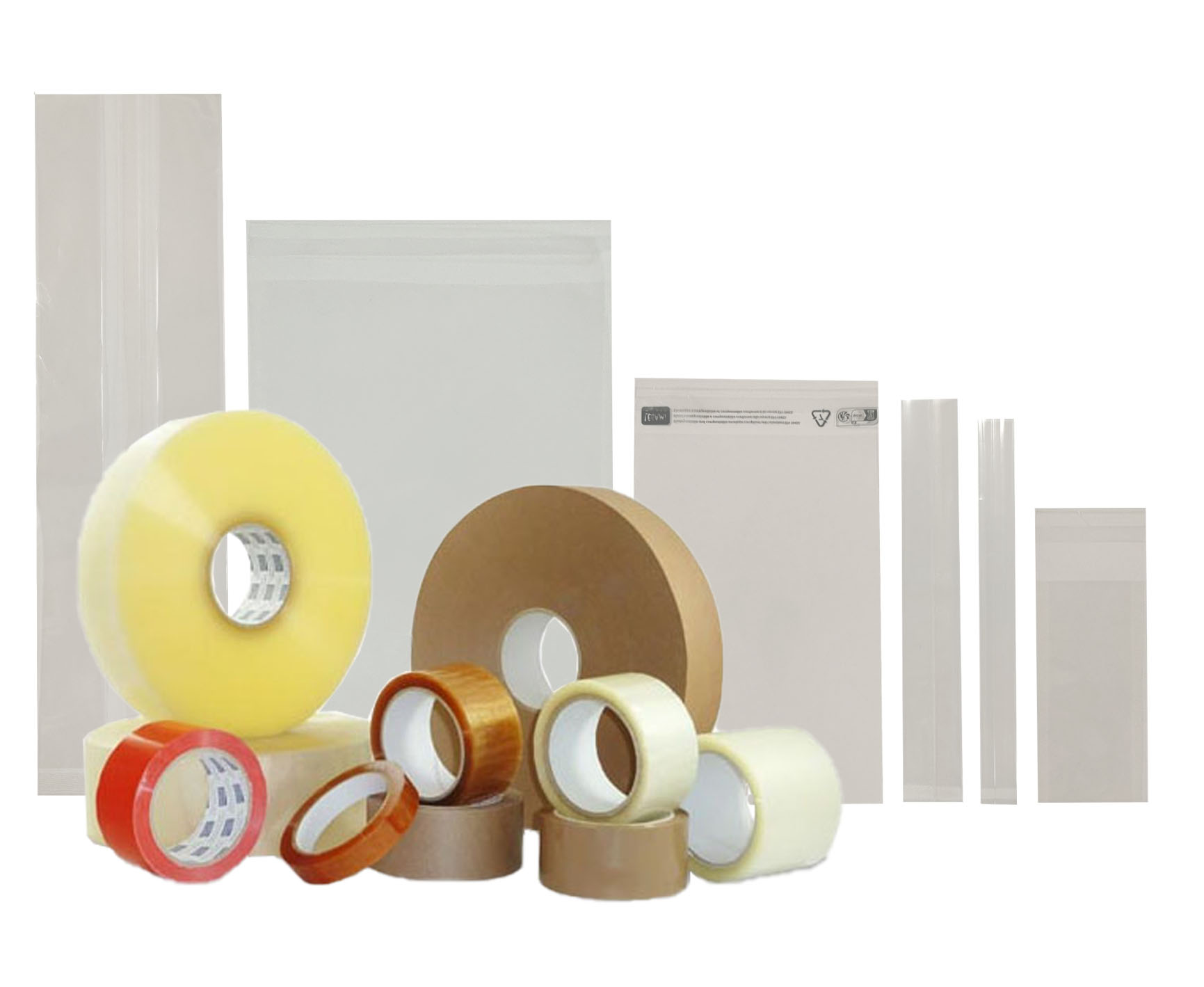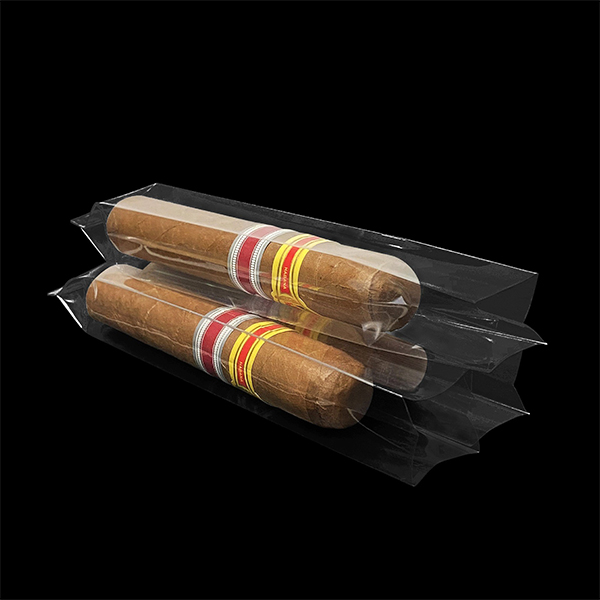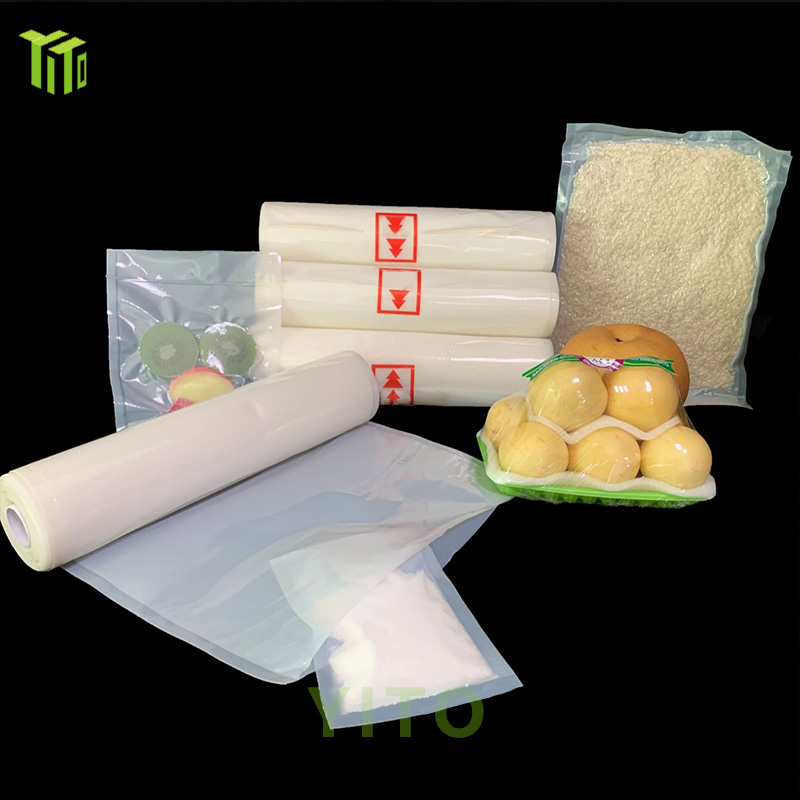Compostable packaging is created from renewable, plant-based materials that are engineered to safely decompose in a composting environment, ultimately turning into nutrient-rich soil. To earn compostable certification, such packaging must break down completely within a defined timeframe and leave behind only non-toxic components, ensuring the integrity of the finished compost. As a sustainable alternative to conventional plastics, compostable packaging helps reduce waste and supports the shift toward a circular economy.

What Is Compostable Packaging?
Compostable packaging provides an alternative pathway. Instead of persisting for centuries, these materials are designed to biodegrade under composting conditions, turning into water, CO₂, and nutrient-rich biomass. This aligns with the circular economy, reducing dependence on petroleum-based plastics and creating a more sustainable supply chain.
Difference Between Composting and Biodegradation
-
Biodegradable materials can break down over time through natural processes, but they do not always produce safe or beneficial end products. Some may leave behind microplastics.
-
Compostable materials, by contrast, must degrade completely within a specific timeframe and result in compost that supports soil health.
Why Compostable Packaging Matters
In today’s sustainability-driven market, consumers and regulators demand packaging solutions that reduce waste and carbon emissions. Compostable packaging not only provides a greener alternative but also strengthens a brand’s commitment to environmental responsibility.
What Is Composting?
Composting is the natural process of recycling organic matter into a valuable soil amendment. Microorganisms break down food scraps, yard waste, and compostable packaging into humus-like material.
Types of Composting
-
Home Composting: Done in backyard bins or piles, suitable for food scraps, garden waste, and some certified home-compostable packaging.
-
Industrial Composting: Controlled facilities with higher heat and aeration, capable of processing tougher materials like PLA and multilayer biopolymers.
Key Requirements for Composting
-
Adequate heat (typically 50–70°C in industrial systems).
-
Balanced moisture levels.
-
Active microbial activity to accelerate breakdown.
Types of Compostable Packaging
1. Plant Fiber Packaging
Made from agricultural by-products such as sugarcane bagasse, bamboo pulp, and wheat straw, this category is widely used for food service packaging. Common applications include:
-
Clamshell containers for takeout meals
-
Disposable bowls, plates, and trays
-
Hot and cold beverage cups (with compostable linings)
Key Benefits:
-
Renewable, non-toxic, and compostable in home or industrial composting systems.
-
Sturdy structure, heat resistance, and grease tolerance.
2. PLA Bioplastic Packaging
PLA (Polylactic Acid) is a biopolymer derived from plant starches such as corn or cassava. It looks and feels similar to conventional plastic but has a very different afterlife. PLA requires industrial composting for full breakdown.
Common Uses:
-
Transparent cups and clamshell containers
-
Cutlery, straws, and disposable utensils
-
Food packaging films
Key Benefits:
-
Lightweight and versatile, easy to mold into different forms.
-
Provides clarity similar to PET, ideal for retail displays.
Limitation:
PLA will not compost in a landfill or in natural environments—it needs controlled heat and microbial activity in a composting facility.
3. Cellulose (Cellophane) Packaging
Cellulose-based films, often called as cellophane film, are made from wood pulp or cotton fibers. They are transparent, breathable, and food-safe, making them popular for bakery, confectionery, cigar, and retail packaging.
Common Uses:
-
Windowed bakery bags
-
Clear retail wraps for cigar, candies, snacks, or cosmetics
-
Resealable bags for greeting cards or stationery
Key Benefits:
-
Home-compostable under the right conditions.
-
Excellent barrier properties against oxygen and odors.
-
Fully renewable and petroleum-free.

4. Paper-Based Compostable Packaging
Paper is one of the oldest and most trusted renewable materials. In compostable packaging, it is often FSC™-certified and coated with aqueous or biopolymer linings to resist moisture and oil.
Common Uses:
-
Sandwich wraps
-
Shopping bags
-
Coffee cups and sleeves
Key Benefits:
-
Widely accepted in both home and industrial composting streams.
-
Strong marketing value due to its natural, recyclable image.
5. Hybrid Compostable Materials
Some packaging solutions combine biopolymers like PLA with PBAT (Polybutylene Adipate Terephthalate) or Bio-PBS. These blends create improved flexibility, sealing performance, and durability.
Common Uses:
-
Compostable cling films
-
Flexible pouches or biodegradable vacuum bags for snacks or frozen foods
-
Laminated multilayer packaging for longer shelf life
Key Benefits:
-
Bridges the gap between pure plant-fiber rigidity and plastic-like flexibility.
-
Offers tailored performance for demanding applications.
What Is Compostable Packaging Made Of?
1. Renewable Plant Fibers
Sugarcane bagasse, bamboo, and wheat straw are agricultural residues that would otherwise be discarded. Instead, they are repurposed into durable molded fiber packaging.
2. Biopolymers
Several biodegradable plastics are now commercially available:
-
PLA (Polylactic Acid): Derived from corn starch; used for rigid containers, cutlery, and films.
-
PHA (Polyhydroxyalkanoates): Produced by microbial fermentation; highly compostable even in marine environments.
-
PBAT (Polybutylene Adipate Terephthalate): Flexible, petroleum-derived but compostable; often used as a blending agent.
-
Bio-PBS (Polybutylene Succinate): High heat resistance, suitable for coffee capsules and hot-food packaging.
3. Cellulose-Based Materials
Derived from wood pulp or cotton, cellulose is one of the oldest known bioplastics and remains highly relevant for films, bags, and wraps.

Comparison with Fossil-Fuel Plastics
Traditional plastics like PET, PP, and PE are cheap, durable, and versatile—but they persist for hundreds of years in the environment. By contrast:
-
Compostable packaging decomposes within weeks to months in the right composting environment.
-
It reduces dependency on petroleum, lowering overall carbon emissions.
-
It contributes to zero-waste goals and brand sustainability commitments.
Compostable Packaging Certifications You Should Know
Home Compostable Certification
-
TÜV Austria OK compost HOME
-
ABA (Australasian Bioplastics Association) AS5810
Industrial Compostable Certification
-
EN 13432 (Europe)
-
ASTM D6400 (USA)
-
AS4736 (Australia)
Logos and Labels
Look for trusted third-party logos to ensure authenticity. Proper labeling also educates consumers about correct disposal methods.

Business Benefits of Switching to Compostable Packaging
Traditional plastics like PET, PP, and PE are cheap, durable, and versatile—but they persist for hundreds of years in the environment. By contrast:
-
Compostable packaging decomposes within weeks to months in the right composting environment.
-
It reduces dependency on petroleum, lowering overall carbon emissions.
-
It contributes to zero-waste goals and brand sustainability commitments.
For companies, adopting compostable packaging is more than a green initiative—it is a strategic advantage.
-
Brand Differentiation: Customers actively choose products with eco-friendly packaging.
-
Regulatory Compliance: Many regions, from the EU to certain US states, are phasing out single-use plastics.
-
Supply Chain Resilience: Plant-based inputs can diversify raw material sourcing beyond petroleum.
-
Consumer Loyalty: Shoppers increasingly demand transparency and sustainability from brands.
Challenges and Considerations
While compostable packaging is growing rapidly, businesses should be aware of its limitations:
-
Infrastructure: PLA and certain bioplastics require industrial composting, which is not yet available everywhere.
-
Cost: Compostable options can be more expensive than conventional plastics, though prices are falling with scale.
-
Certification: Look for BPI, TUV Austria, or EN13432 certifications to verify claims.
How to Choose the Right Compostable Packaging for Your Business
Key factors to consider:
-
Material type: Choose based on product needs (rigid vs flexible).
-
Certification: Industrial vs home compostable.
-
Cost vs value: Higher initial costs may deliver long-term savings through compliance and brand loyalty.
-
Market positioning: Eco-conscious consumers reward sustainable brands.
Compostable packaging represents a transformative step toward reducing the environmental footprint of consumer goods. From plant-fiber trays and PLA cutlery to cellulose films and paper bags, these materials prove that functionality and sustainability can coexist.
By understanding the types of compostable packaging and the materials behind them, businesses can make informed decisions, stay ahead of regulations, and strengthen their brand’s commitment to a greener future.
For companies ready to transition, partnering with a reliable compostable packaging supplier, like YITO ensures quality, certification, and scalability—turning sustainability goals into tangible market advantages.
Related Products
Post time: Oct-07-2025



